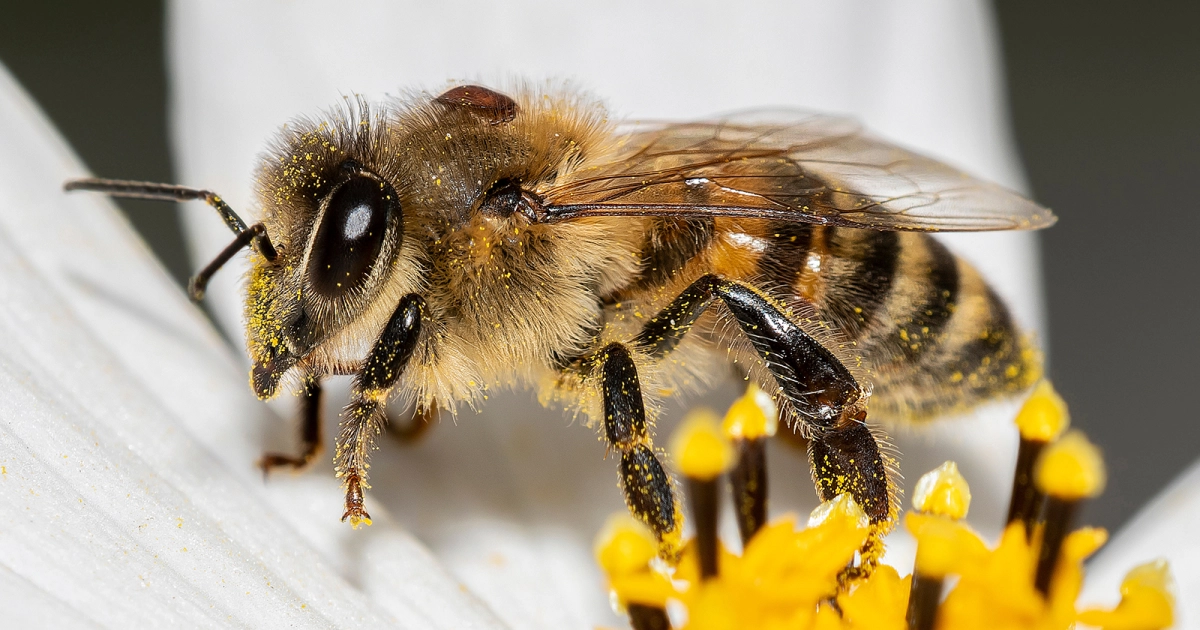



Article by: Hari Yellina
The Mid North Coast varroa mite discovery, according to a blueberry grower, may have an influence on fruit pricing and nearby employment. A 10-kilometer eradication zone has been established around the infected location, a blueberry farm east of Nana Glen, and 32 beehives have already been destroyed there. The 43rd finding in the state was connected to hives brought from the Hunter region earlier this year through contact tracing. Aman Lehl, a blueberry grower near Corindi Beach, claimed that growers had an anxious wait. “Just about everyone is on edge. I suppose we’ll have to wait and see how widespread it is and what it means for the growers,” he said.
“I genuinely feel for the producers in the red zone and the beekeepers; they could be facing a period of time without bees on their land. “What is on our farm stays there for the time being because we can’t transfer any hives across our area at this time.” According to Mr. Lehl, varroa mite effects might be widespread. About 80% of the state’s production of berries comes from the Mid North Coast. Up until the end of September, hives are required to pollinate the area’s blueberries, raspberries, blackberries, avocados, and macadamias. Though fewer berries are likely to bloom, berries can still grow without pollination.
When they do, they are frequently unsellable, significantly smaller, and of lower quality. It’s not too awful right now because we aren’t in a high pollination phase, but if the no-movement zone remains in place for another six to eight weeks, the damage will be significant, according to Mr. Lehl. “Given that over 45% of blueberries come from the Coffs Harbour region in Australia, it might have a major effect there, especially on blueberries. The price impact could be rather significant.” He claimed that the incursion might also jeopardise full-time employment. The president of the NSW Apiarist Association, Steve Fuller, added that there was a strong likelihood of substantial knock-on effects.
According to him, production quantity and quality would decline along with the supply, which would have an impact on prices if bees couldn’t be brought in to pollinate the berry harvests. “It simply means that grocery costs will increase. We need to get the bees there, and we need to get everything done else it will affect everyone,” he said. A command post will be constructed nearby in Grafton, according to Agriculture Minister Dugald Saunders, to help manage the best course of action, including identifying potential pollination pathways. For the upcoming days, he continued, “We’ll keep up the monitoring work and try to put relatively stringent containment lines in place.”
“We’ll hopefully have enough information soon on how we kept things under control.” The Department of Primary Industries state emergency control centre in Orange is where Berries Australia executive director Rachel Mackenzie said the organisation was trying to place an industry liaison person to work through the problems. It’s a difficult and constantly shifting environment, she remarked. She stated that her organisation tried to strike a compromise between the necessity for pollination and the need to handle this biosecurity concern. “The possibility for a catastrophic impact on the industry is clearly one of the scenarios that might take place if we are unable to get pollination services over the next eight weeks,” Ms. Mackenzie added. “Together with DPI, we are attempting to find workable solutions. There are many risk and benefit considerations to make.”